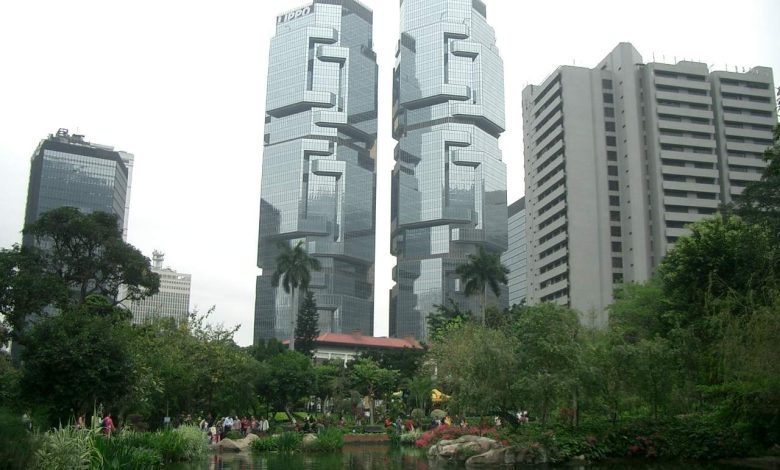
Lead Image: Lippo Center in Hong Kong. Image credits: WikiArquitectura
Architecture is a complex process that involves the use of artistry and craftsmanship, along with numerous calculations and a solid understanding of physics and engineering principles. While every building, bridge, stadium, monument, and other type of structure need to conform to certain limitations of materials and technology, it is possible to build structures that appear to deter the laws of nature.
From the Great Pyramid of Giza to the ancient Meenakshi Amman Temple and the Empire State Building, engineering science has played an important role in providing balance and strength to each and every architectural marvel. However, there are some interesting structures that are built so intelligently that sometimes it’s almost impossible to detect exactly how they are managing to remain upright.
Museu do Amanhã
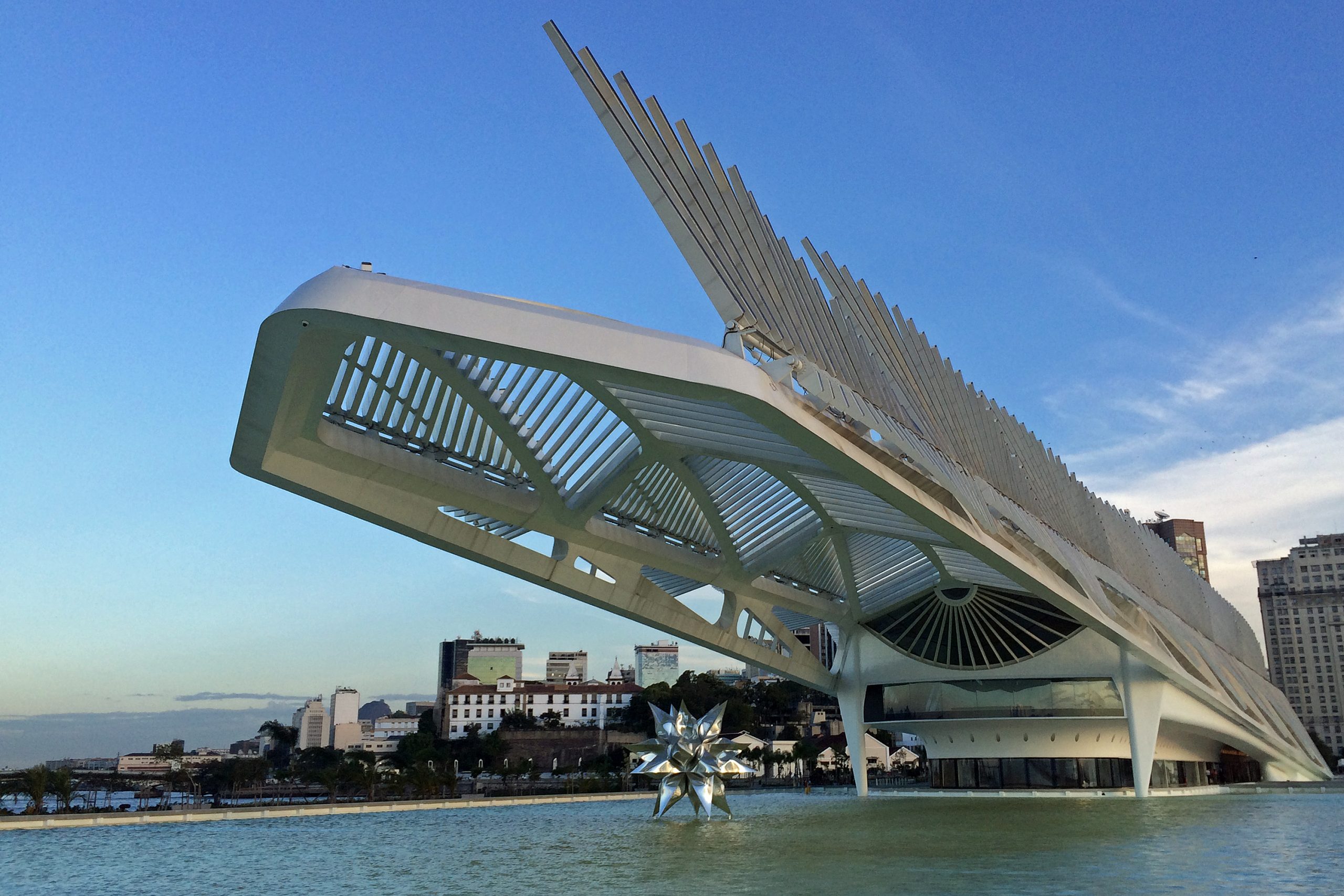
The Museo do Amanã (Museum of Tomorrow) is a remarkable museum and center for applied sciences, located in Rio de Janeiro, Brazil, and devoted to the need for change to avoid climate disasters and environmental degradation.
Designed by Catalan neo-futuristic architect Santiago Calatrava, it is equipped with thousands of movable photovoltaic solar panels and an advanced rainwater collecting system. The team that designed Museu do Amanhã claims that it requires 40 percent less energy than conventional structures of its size, and the cooling system taps deep water from nearby Guanabara Bay.
However, the most fascinating elements of the museum’s architecture are the building’s solar spines, which hang in the air towards both the front and backside. The projections are designed to adapt to changing environmental conditions. Calatrava says he was inspired by the bromeliads in Rio’s Botanical Gardens.
In 2017, the museum received the Best Innovative Green Building award at the prestigious MIPIM real-estate competition.
De Rotterdam
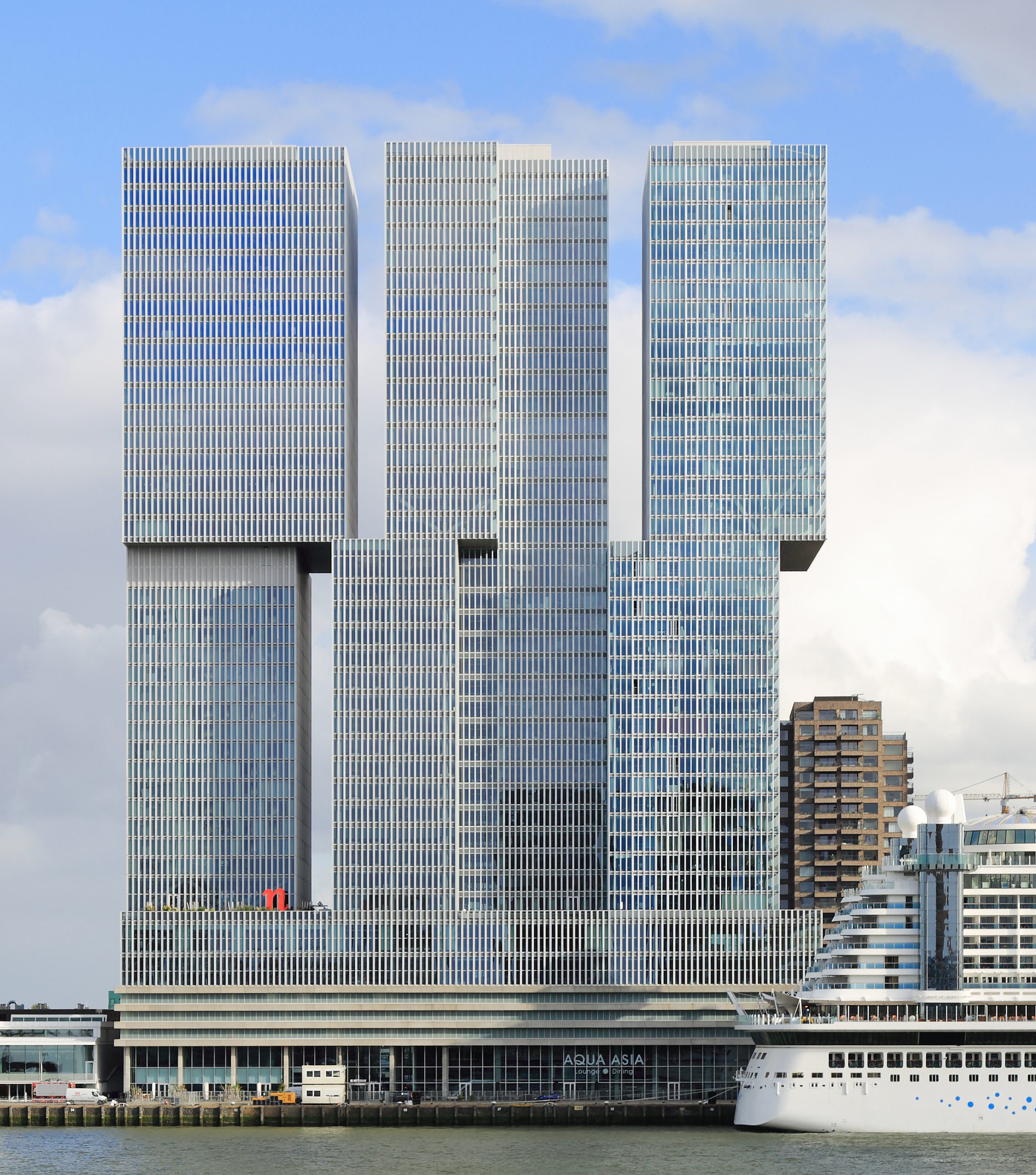
Ranked among Netherland’s largest buildings, the De Rotterdam complex looks like a group of skyscrapers stacked on each other in a seemingly impractical manner. The total height is 149.1 meters and there are a total of 44 floors in the De Rotterdam building. The complex feels like a crowded vertical city as thousands of people live, visit, and work here on a daily basis.
From the outside, it appears as if the different towers of the De Rotterdam are not properly arranged and they may fall anytime. However, on the inside, all the three towers of the complex are strongly interconnected, their facades are built from light-weight aluminum and glass, and the whole structure is supported by 1,100 gigantic pillars made of concrete. The structure was designed by Rem Koolhaas, at the architecture firm Office for Metropolitan Architecture (OMA). Koolhaas reportedly reasoned that the most frequent view of these structures would be in motion, from the window of a car and designed the complex so that the towers appear to separate and then merge as viewers pass by.
Timmelsjoch Experience Pass Museum
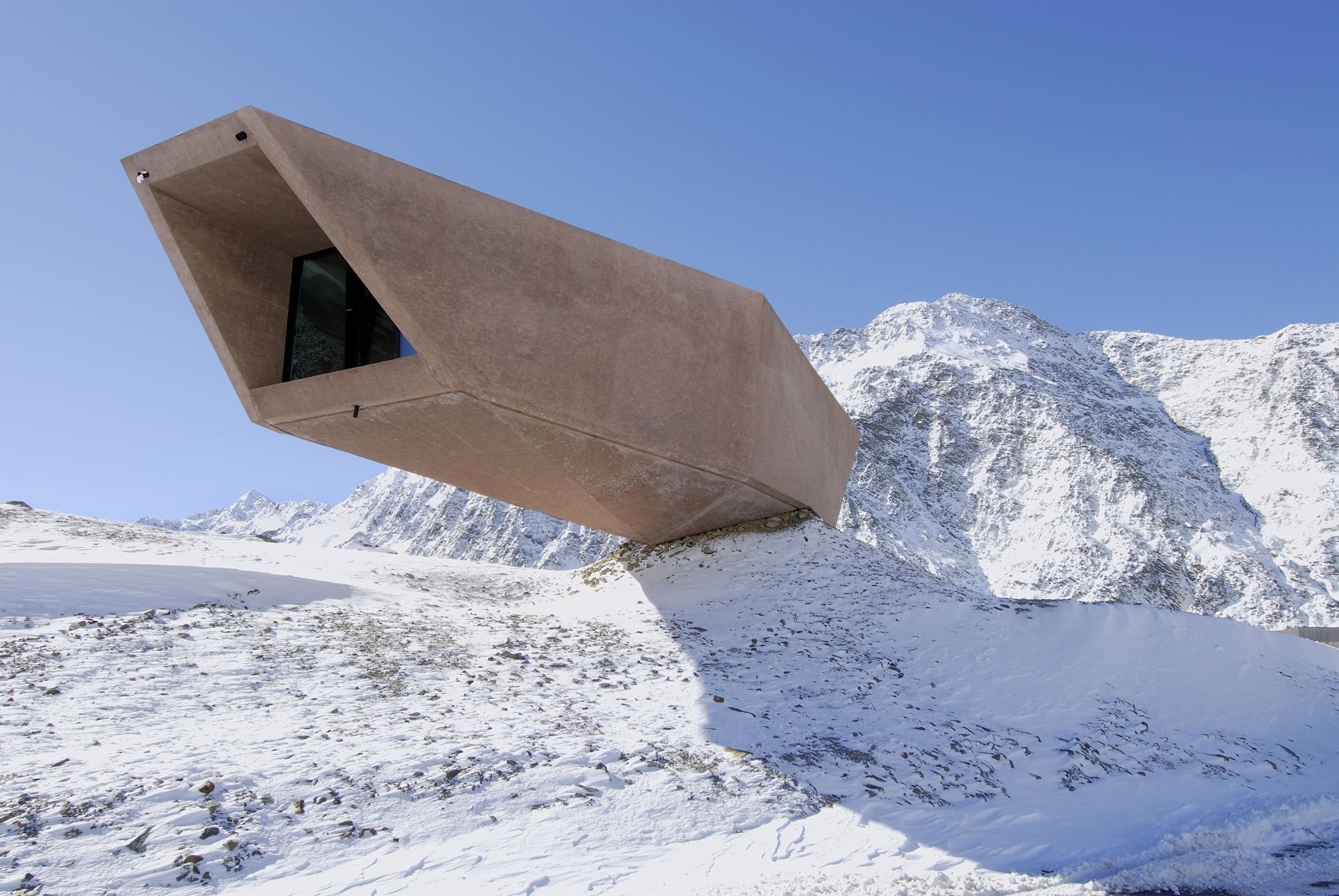
The Timmelsjoch museum, which looks like a hanging beam, is located in a high mountain pass at the apex of Timmelsjoch pass in the border region lying between Austria and Italy.
On one side, the pass is resting on the rocky edge of the Timmelsjoch high alpine road that connects the South and North Tyrol regions. On the other side, the museum features a 16-meter long cantilevered span. Thanks to this, the entrance to the museum is in Austria and the opposite panoramic window is in Italy.
Located at a height of more than 2,500 meters from sea level, the Timmelsjoch museum was completed in 2010, and it was built to commemorate the 50th anniversary of the Timmelsjoch Alpine road connecting Italy and Austria. The museum was designed by South Tyrolean architect Werner Tscholl in such a manner that from the outside it resembles a boulder, while inside it resembles an icy cave, with a large “stalactite” in the middle.
Rainier Tower
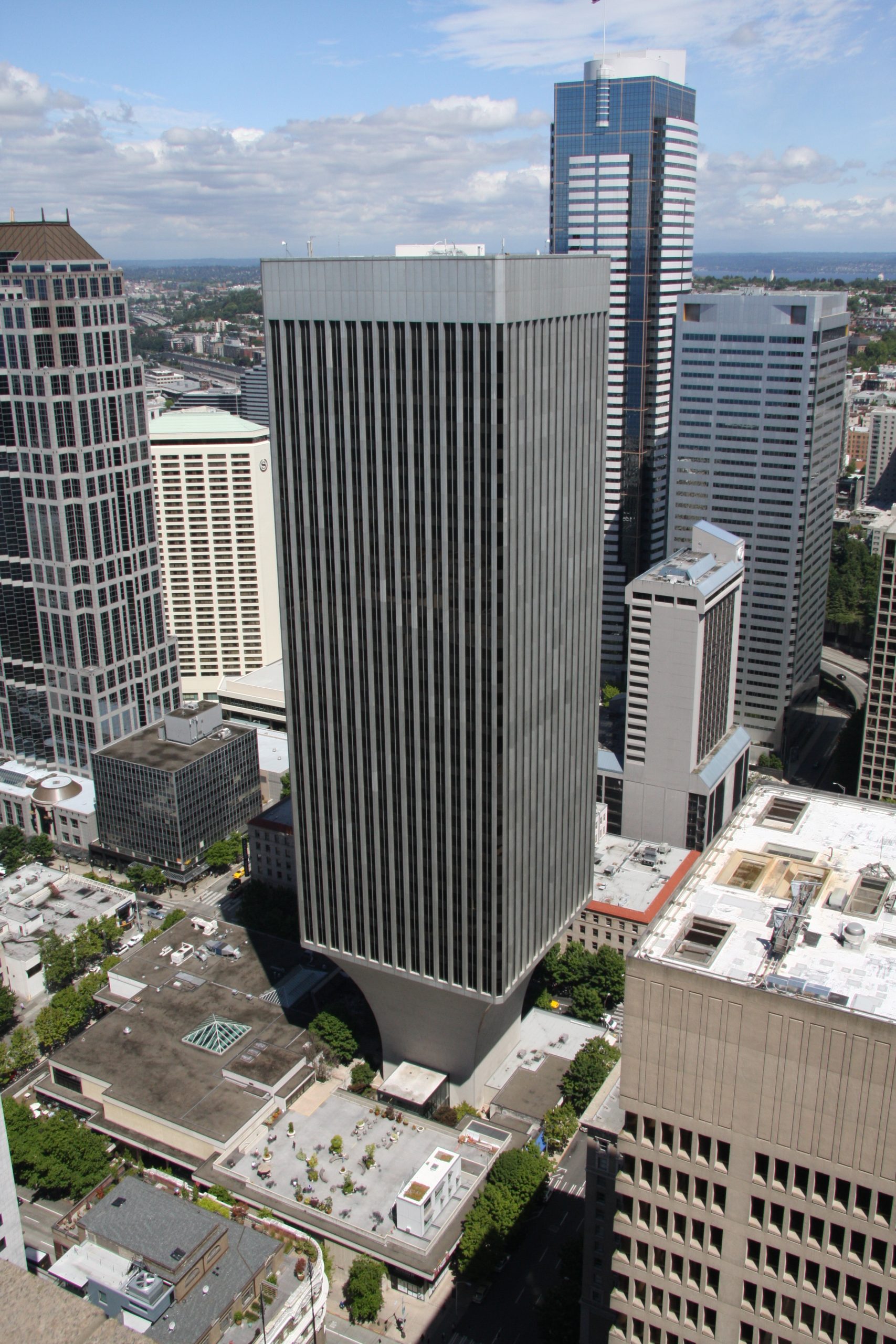
Standing on a narrow concrete base, the Rainier Tower, in Seattle, Washington, looks like an inverted skyscraper and also goes by the name “Beaver Building” among the locals, for its resemblance to a tree that has been gnawed at its base by a beaver.
The tower was constructed in 1977 and was designed by architect Minoru Yamasaki. The structure sits on an eleven-story (121 foot) high, curved concrete pedestal which is just half the area of the 12th floor.
The pedestal design creates additional space at street level and mitigates the ‘canyon effect’ that can funnel wind along streets lined by skyscrapers. At the time of construction, there were concerns about the strength and resilience of the design, but the reinforced concrete was thoroughly pre-tested by engineers and has proven sturdy.
Rolling Bridge
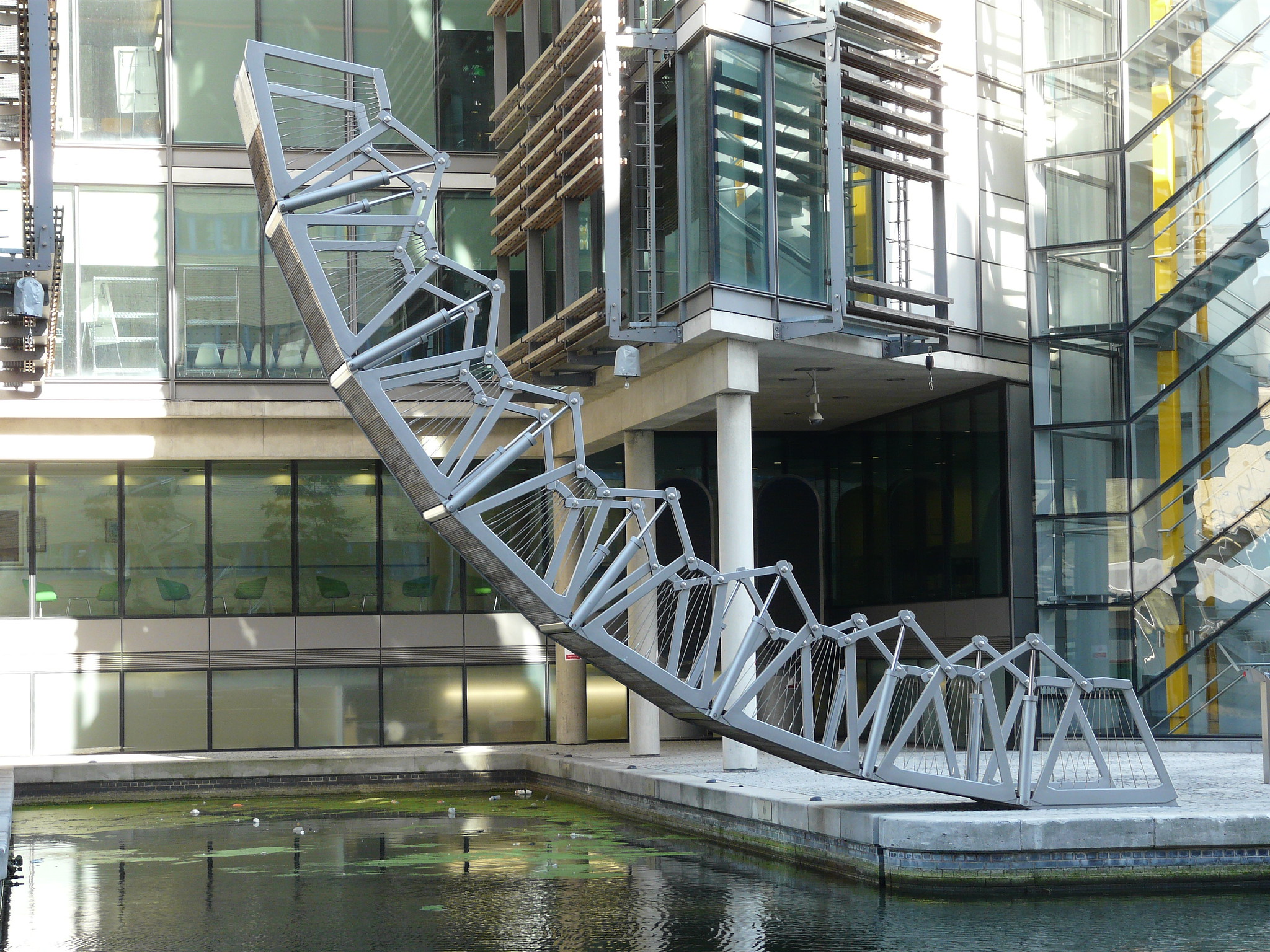
Have you ever walked on a bridge that turns into an octagonal wheel when not in use? The rolling footbridge bridge, which is situated over the Grand Union Canal in Paddington Basin, London, follows such a design. The bridge uses hydraulic movement to expand and retract its eight sections.
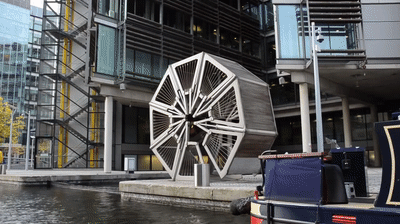
The concept for the Rolling Bridge was created by renowned British firm Heatherwick Studio, and its engineering design was devised by Packman Lucas and SKM Anthony Hunts. This 12-meter long truss bridge was built using hydraulic actuators and steel frames. The bridge couldn’t be permanent as access needed to remain for any boats that may need to moor in the inlet.
The deck is made of eight triangular sections and there are seven pairs of hydraulic rams set within the balustrades. As these rams extend, they push up the handrail, causing the bridge to curl up. When the curling motion is complete, the two ends of the bridge touch to form an octagon.
The bridge curls and uncurls on a schedule (currently at midday on Wednesday and Friday and 2 pm on Saturday), and is controlled by a person to avoid anyone becoming trapped.
Auditorio de Tenerife
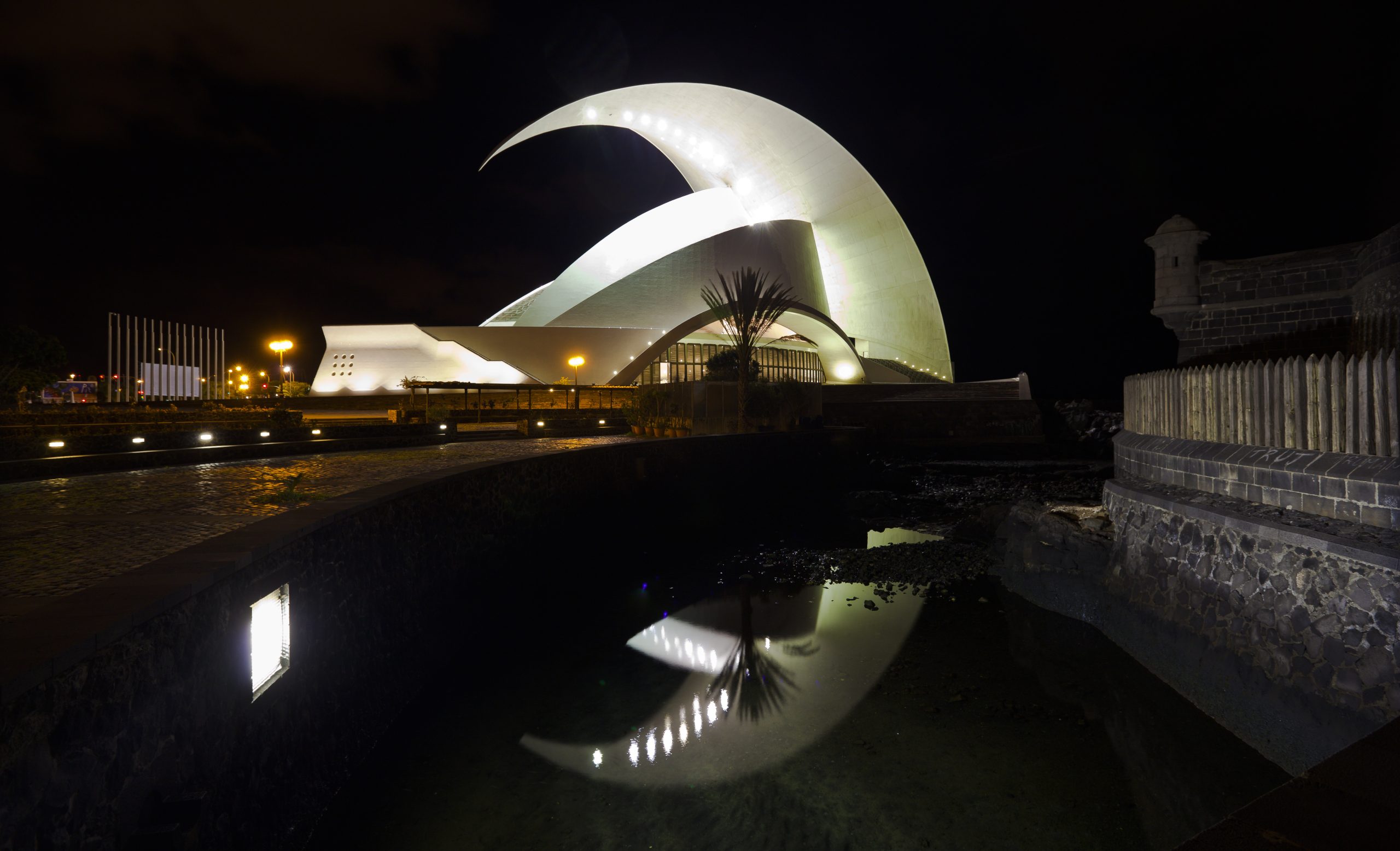
Located on the Canary Island of Tenerife, this majestic auditorium is famous among architecture students for its extraordinary arch roof design that looks like a half-crescent moon when viewed from far during the night. The auditorium was designed by Santiago Calatrava, the same architect who envisioned the Museum of Tomorrow.
The arch roof, which also resembles a big wave of concrete, has two cone-shaped segments that intersect at the center and makes a ridgeline. The ribbed roof is mostly supported by the building’s foundation and the pointed concrete ends of the building’s two lower roofs. For its gravity-defying design and unique architectural appeal, Auditorio de Tenerife is often called the finest built structure in the Canary Islands.
King Power Mahanakhon
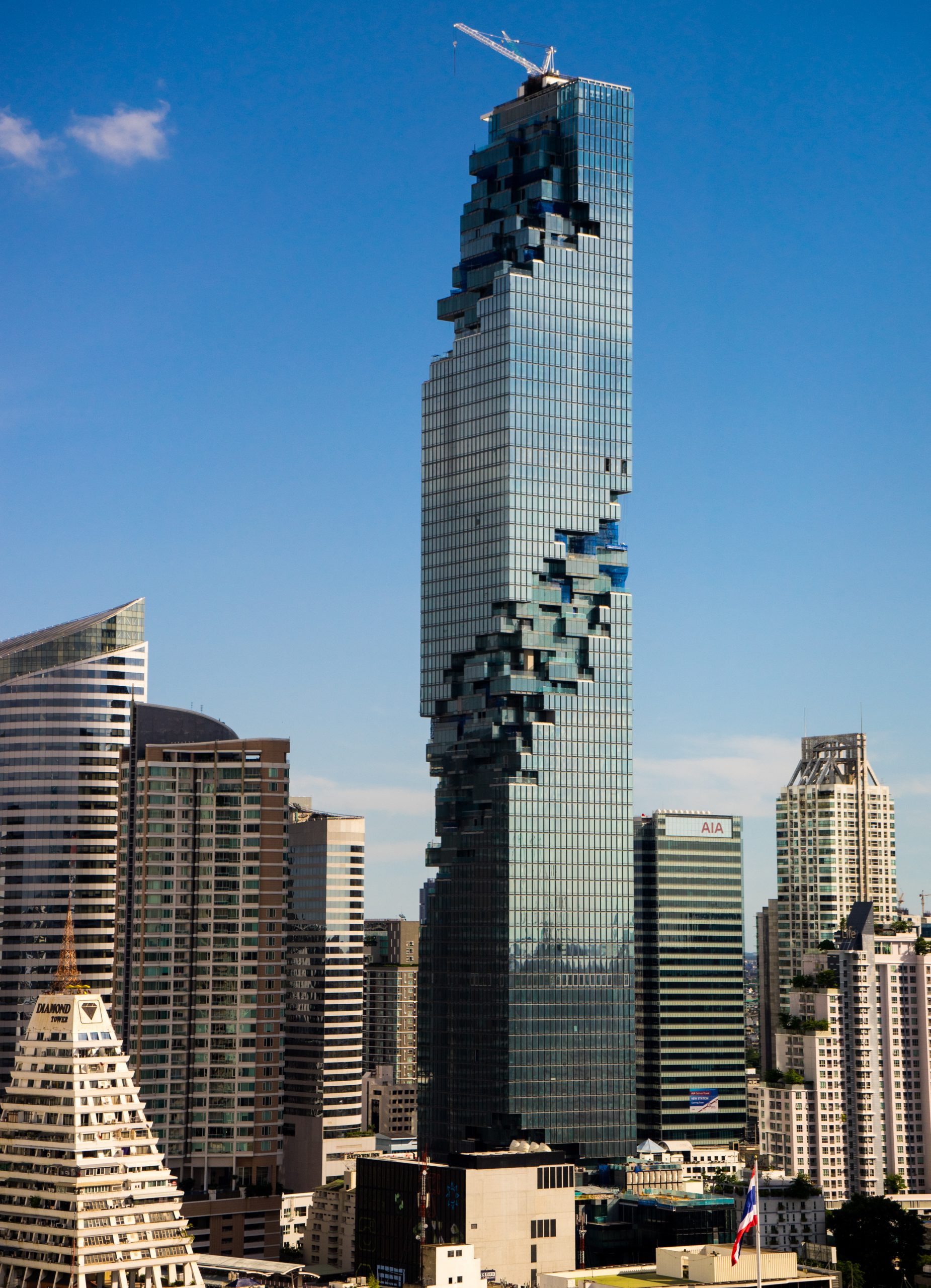
This Bangkok-based skyscraper appears to be pixelated and broken (which is not the case) and was the tallest building in Thailand between its completion in 2016 and the construction of the Magnolias Waterfront Residences at ICONSIAM in 2018.
The skyscraper has a height of 314 meters and a floor area of 1.6 million square feet (150,000 square meters) and houses both residential and commercial units.
However, with such a unique design, it was also important to keep the building’s gravitational load balanced. So to increase the strength of the structure, architect Ole Scheeren and his team used a thick mat foundation and numerous mega columns. At night, a programmable system animates the tower’s eroded geometry with lights that echo the city’s daily activity cycle.
Balancing Barn
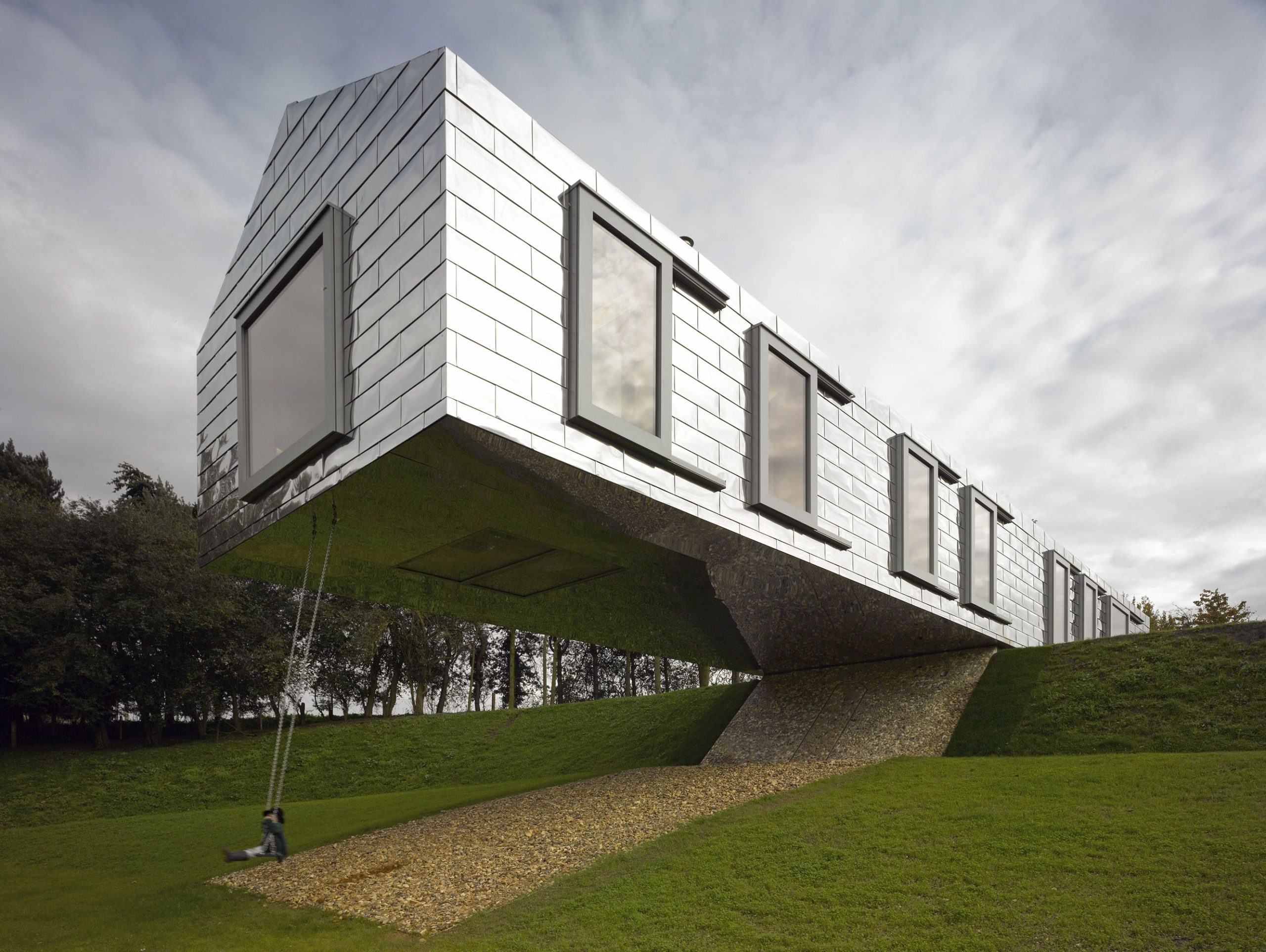
This unbelievable building can be found situated on a slope in the Thorington area of Suffolk County, England. While half of this building looks completely normal, the other half of this holiday home appears to hang in the air without any support. However, in order to balance the weight, the structure’s foundation is provided with a central core (towards the side that is fixed to the ground) that also comprises a 400 mm thick concrete slab.
Moreover, as compared to the fixed side, the cantilevered portion of the barn is kept light in weight so that its center of mass does not shift. This hanging cottage was built by MVRDV, an architecture firm based in the Netherlands.
Architecture itself is often defined as the art and science that is concerned with building design, so anything that is built around us can not be devoid of science. However, sometimes some very well-engineered structures give us the illusion that they are able to defy the scientifically proven laws of nature, but the truth lies in their foundation and their internal framework.
Originally posted on Interesting Engineering.





